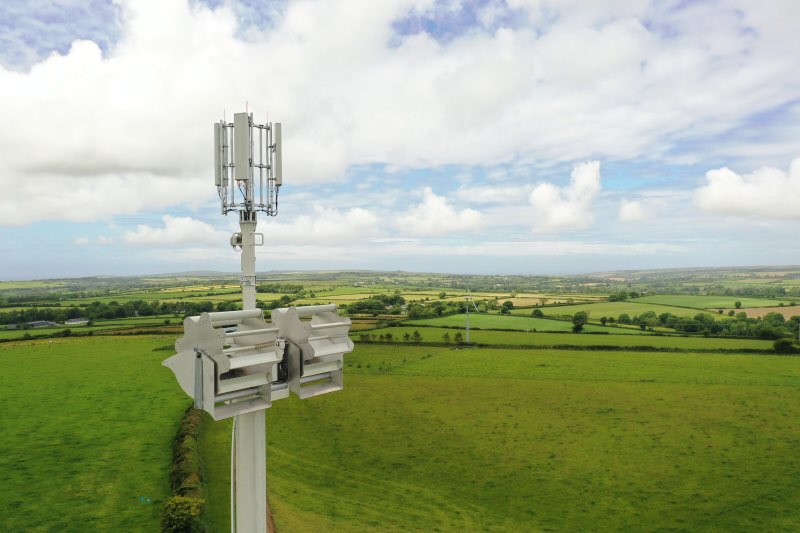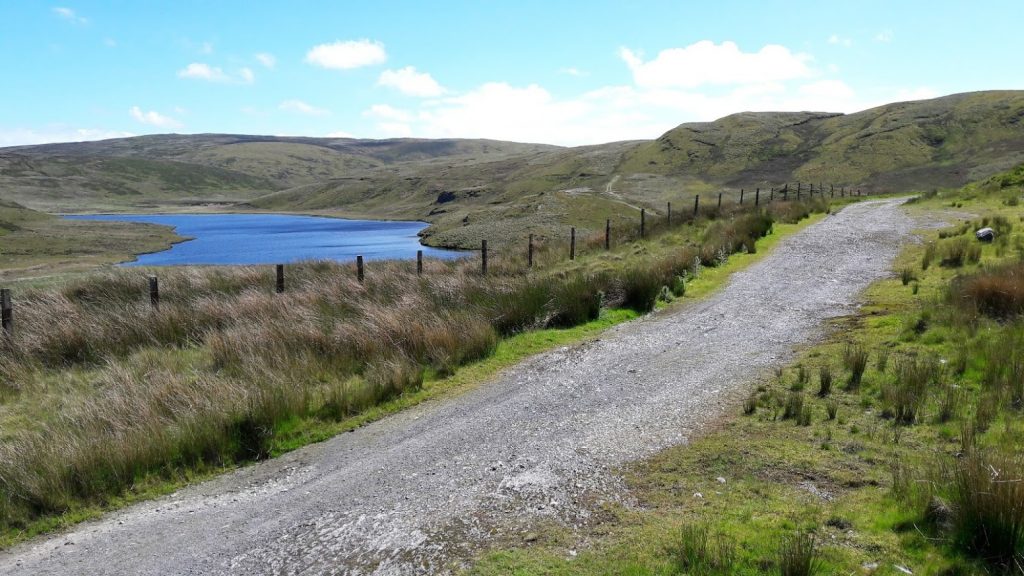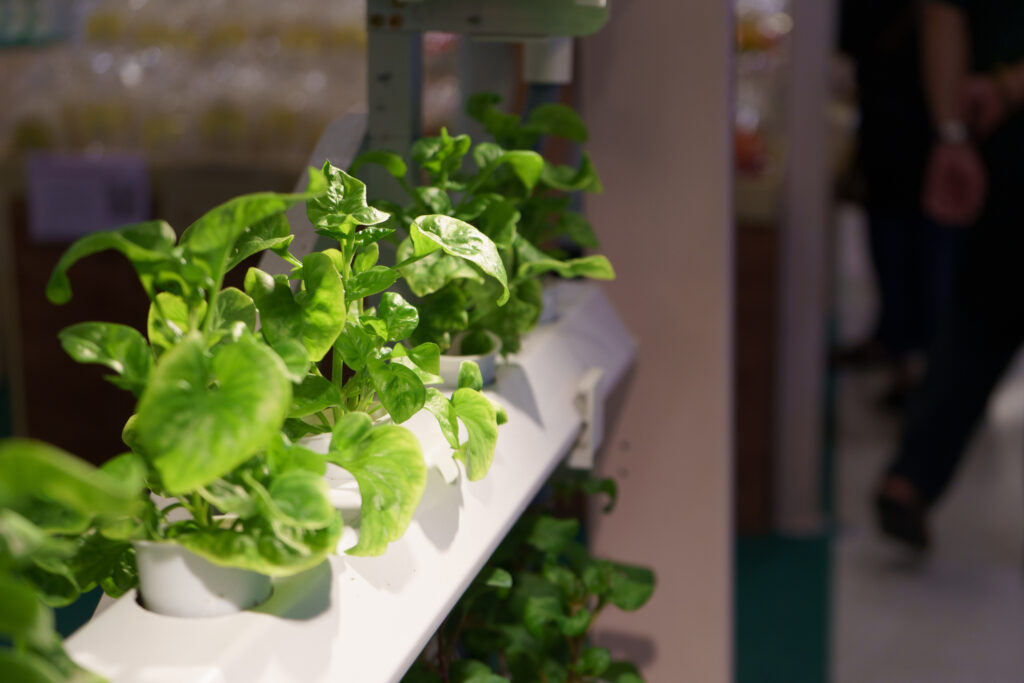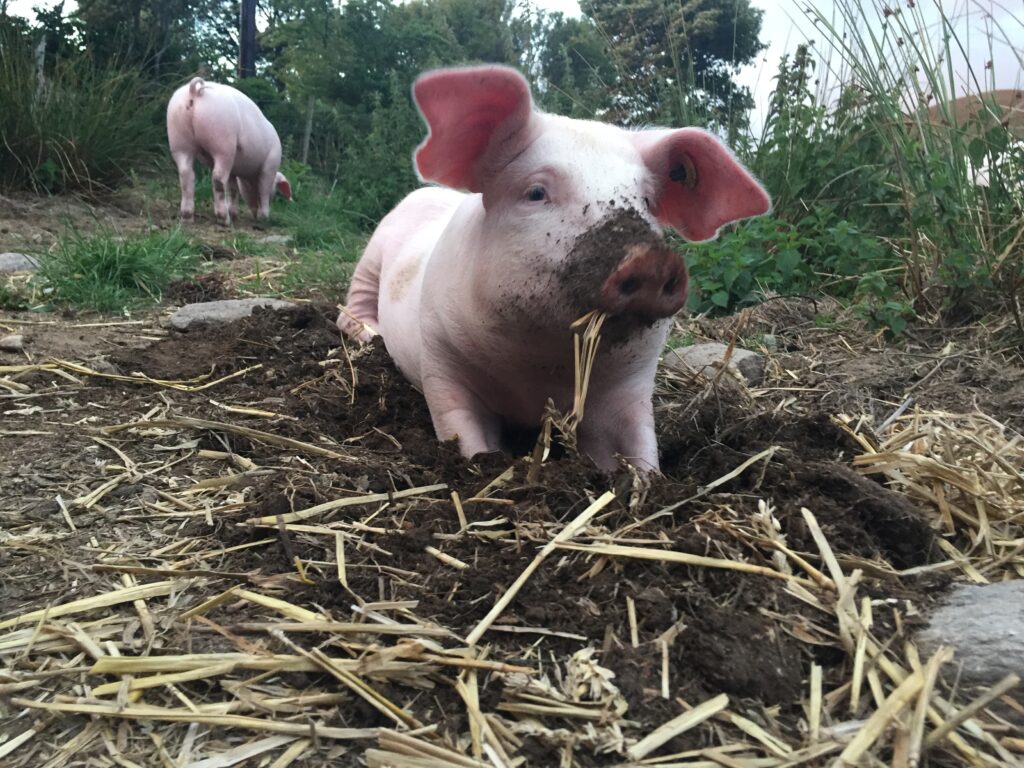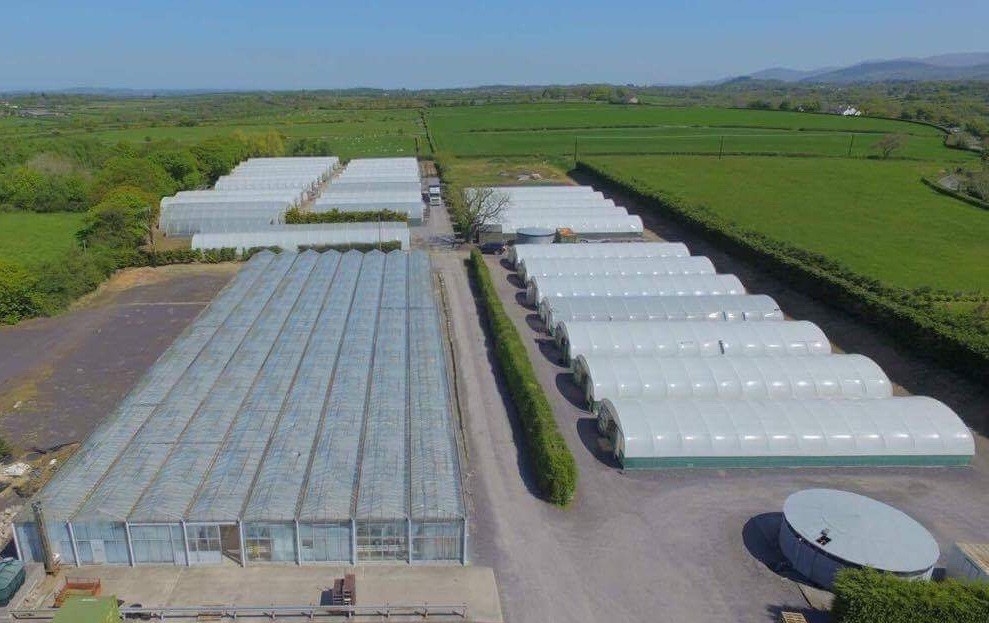For all the technological advances we’ve seen since the dawn of the 21st century, some remote rural Welsh communities still can struggle with abject broadband speeds and inconsistent connectivity.
Urban centres such as Cardiff, Wrexham and Swansea enjoy ultra-fast internet connection, as well as the brand new 5G network while their rural counterparts are less likely to.
However, Crossflow Energy, in partnership with Vodafone is aiming to improve digital connectivity in rural communities here in Wales and the rest of the UK.
In this blog, we’ll explore how Crossflow’s SMART turbines would work and whether they could provide a sustainable means of bridging the digital divide.
How will the SMART turbines work?
Crossflow Energy maintain that their SMART turbines are an environmentally friendly, simple to construct, power generation source.
These turbines are reportedly able to operate reliably over a range of wind speeds, while the solar coating offers even more renewable energy capture. Crucially, the lightweight design is said to mean that it can harvest maximum wind energy and self-start at low wind speeds.
Crossflow have said that one of the key features is its low rotational speed which is understood to mean that its safer for wildlife, being particularly bird and bat friendly, while noise pollution is kept to a minimum due to the reduced vibrations.
Crossflow’s turbine powers the phone mast, and its beauty lies in its simplicity. There is no need to lay electricity cables when installing the turbine and it’s very easy to assemble and adjust which means that in periods of severe weather it can be lowered.
Ultimately, Crossflow claim that their turbine is a reliable and green source of power which can help to provide communities with the connectivity they need.
The pioneering Pembrokeshire mast
The first community to trial Vodafone’s self-powering incorporating the Crossflow turbine is Eglwyswrw, a village in the heart of rural Pembrokeshire.
The trial, which will take place at Home Farm, Eglwyswrw will provide Vodafone and Crossflow with information about the amount of power the wind turbine and solar panels can generate, as well as the battery’s energy storage capacity.
To ensure connectivity is maintained for the community, the mast will remain connected to the electricity grid as a backup.
The mobile network provider has said that it has taken two years to develop and refine the prototype with Crossflow. In addition to the trial site in Eglwyswrw, Vodafone hopes to install another in Wales shortly.
Connecting communities
It’s hoped that self-powering masts could help Vodafone to provide connectivity to hard-to-reach locations and increase digital participation.
Vodafone said of the scheme: “To achieve 95% of UK landmass coverage by 2025, and our goal of net zero UK operations by 2027, innovative solutions are needed.
“A big challenge is providing connectivity to coverage ‘not spots’, which often have no electricity supply.
“Bringing mobile and internet services to rural communities helps boost the local economy, tackles isolation and closes the rural digital divide.”
Ofcom’s Connected Nation report stated that across all networks, between 79% and 86% of the UK’s landmass is covered with mobile phone reception, however the Shared Rural Network has a target of 88% landmass coverage by 2024.
It’s vital that rural communities can participate in the wider digital economy as it can help boost the local economy by providing local businesses with the capability to reach a wider audience.
Improved mobile reception can also help those in the agriculture sectors to communicate with businesses to whom they supply.
Baileys and Partners has recently attended the Anglesey Show and demonstrated a Crossflow Energy turbine and believe that green energy investment can provide a significant boost to rural communities.
Find out more about Baileys and Partners expertise on renewable energy in North Wales here.
Image Credit: Crossflow

